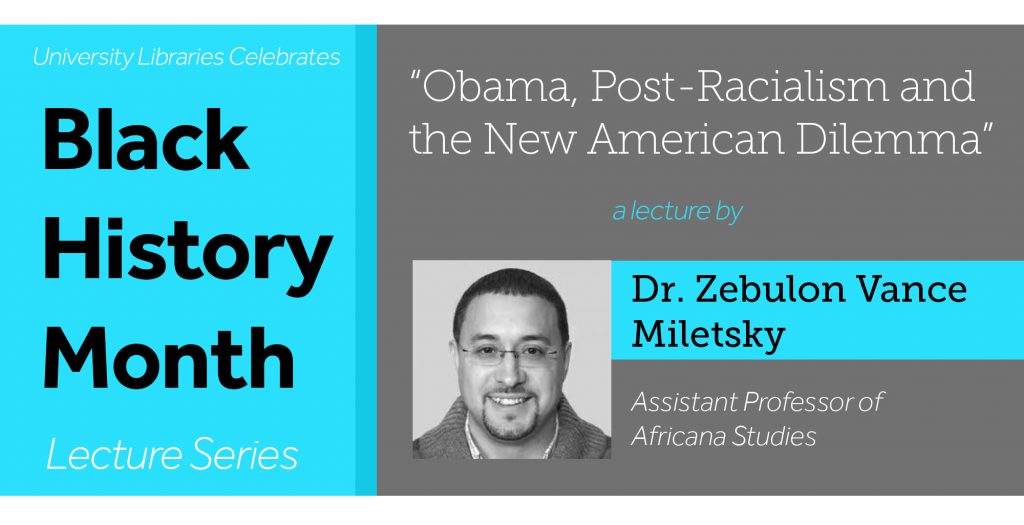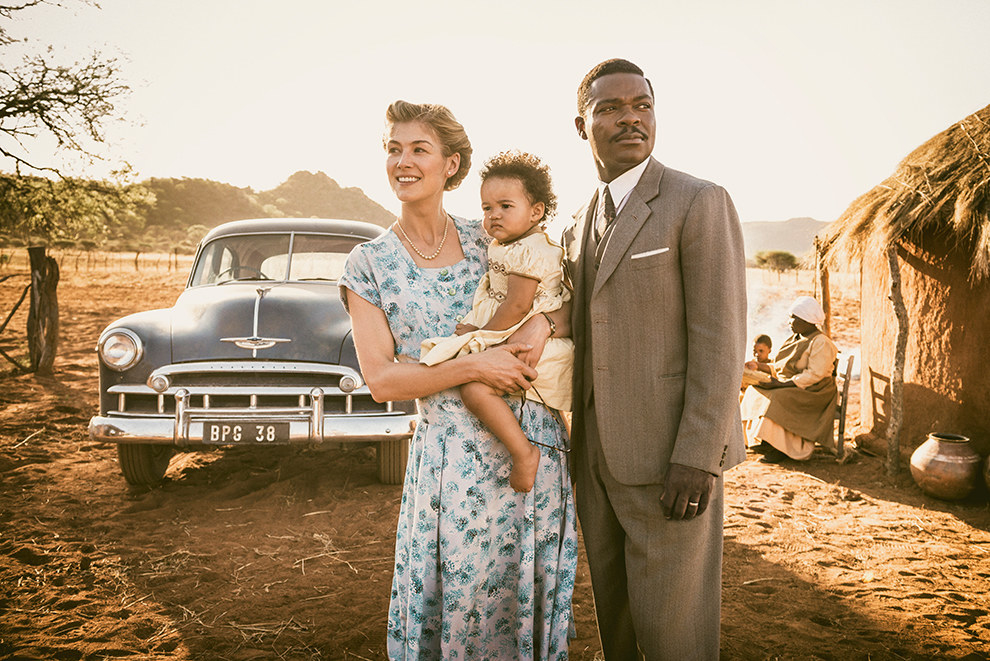What Biracial People Know
Sunday Review
The New York Times
2017-03-04
Moises Velasquez-Manoff

Lynnie Z.
After the nation’s first black president, we now have a white president with the whitest and malest cabinet since Ronald Reagan’s. His administration immediately made it a priority to deport undocumented immigrants and to deny people from certain Muslim-majority nations entry into the United States, decisions that caused tremendous blowback.
What President Trump doesn’t seem to have considered is that diversity doesn’t just sound nice, it has tangible value. Social scientists find that homogeneous groups like his cabinet can be less creative and insightful than diverse ones. They are more prone to groupthink and less likely to question faulty assumptions.
What’s true of groups is also true for individuals. A small but growing body of research suggests that multiracial people are more open-minded and creative. Here, it’s worth remembering that Barack Obama, son of a Kenyan father and a white Kansan mother, wasn’t only the nation’s first black president, he was also its first biracial president. His multitudinous self was, I like to think, part of what made him great — part of what inspired him when he proclaimed that there wasn’t a red or blue America, but a United States of America.
As a multiethnic person myself — the son of a Jewish dad of Eastern European descent and a Puerto Rican mom — I can attest that being mixed makes it harder to fall back on the tribal identities that have guided so much of human history, and that are now resurgent. Your background pushes you to construct a worldview that transcends the tribal…
…Consider this: By 3 months of age, biracial infants recognize faces more quickly than their monoracial peers, suggesting that their facial perception abilities are more developed. Kristin Pauker, a psychologist at the University of Hawaii at Manoa and one of the researchers who performed this study, likens this flexibility to bilingualism…
Early on, infants who hear only Japanese, say, will lose the ability to distinguish L’s from R’s. But if they also hear English, they’ll continue to hear the sounds as separate. So it is with recognizing faces, Dr. Pauker says. Kids naturally learn to recognize kin from non-kin, in-group from out-group. But because they’re exposed to more human variation, the in-group for multiracial children seems to be larger.
This may pay off in important ways later. In a 2015 study, Sarah Gaither, an assistant professor at Duke, found that when she reminded multiracial participants of their mixed heritage, they scored higher in a series of word association games and other tests that measure creative problem solving. When she reminded monoracial people about their heritage, however, their performance didn’t improve. Somehow, having multiple selves enhanced mental flexibility…
Read the entire article here.







